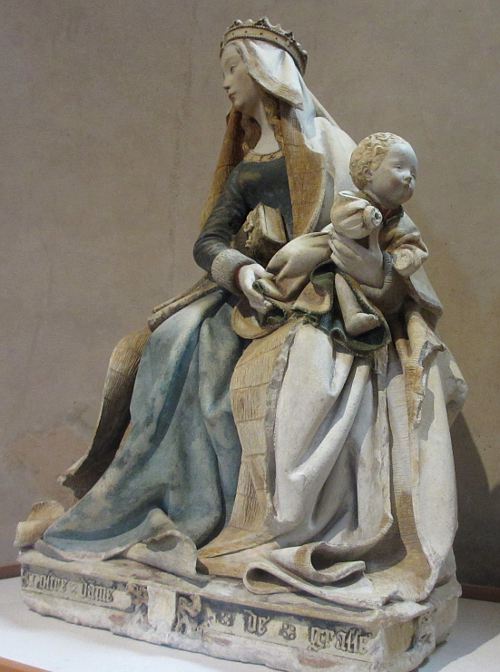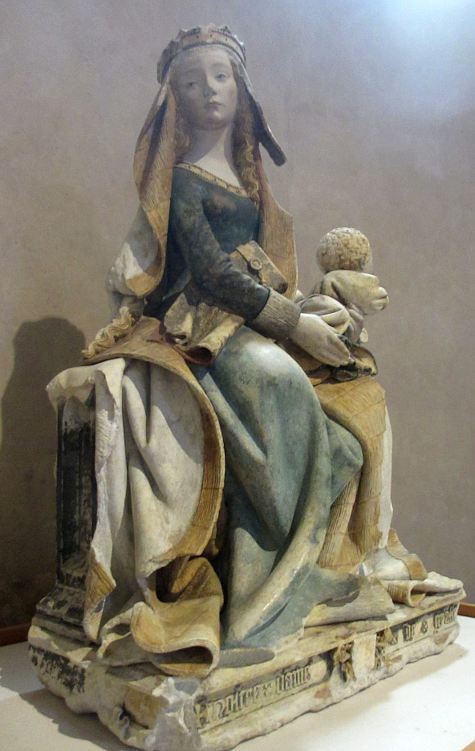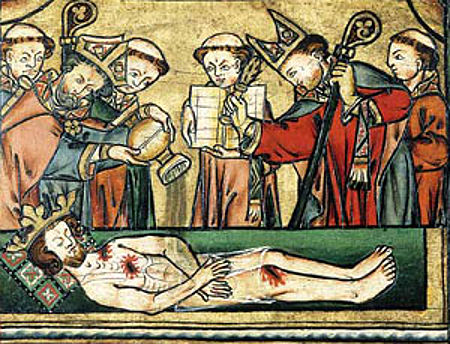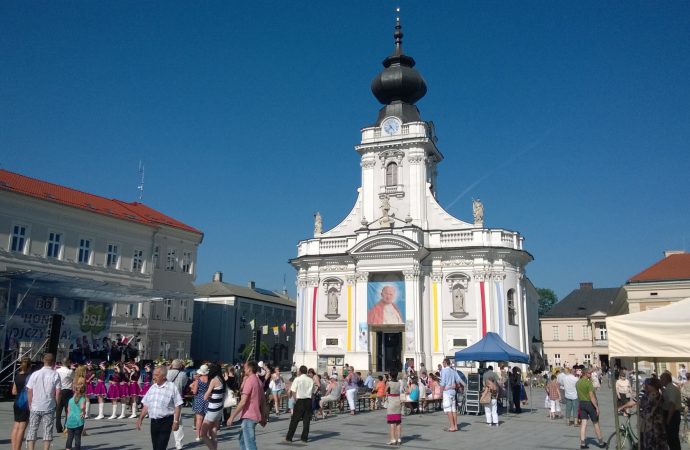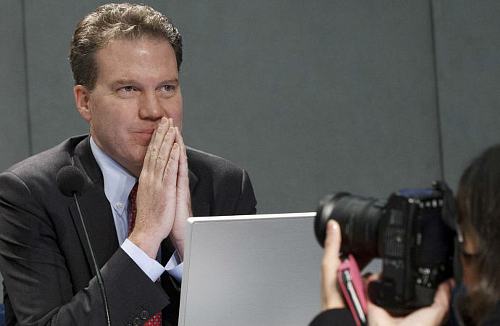«Vi lager barn» – av Eivor Oftestad
 Eivor A. Oftestad har nylig gitt ut en interessant bok: Vi lager barn. Reproduksjon gjennom 500 år. Siden jeg hørte om boka, har jeg vært mest interessert i den teologiske utviklingen av forståelsen av ekteskap og barn, og i går skrev Oftestad noe om akkurat dette på Verdidebatt, bl.a.: (Vi kjøpte forøvrig boka i går, og jeg håper å få lest den snart.)
Eivor A. Oftestad har nylig gitt ut en interessant bok: Vi lager barn. Reproduksjon gjennom 500 år. Siden jeg hørte om boka, har jeg vært mest interessert i den teologiske utviklingen av forståelsen av ekteskap og barn, og i går skrev Oftestad noe om akkurat dette på Verdidebatt, bl.a.: (Vi kjøpte forøvrig boka i går, og jeg håper å få lest den snart.)
Aasta Hansteen og Katti Anker Møller så kvinnesaken som en bevegelse hvor ånden seiret over legemet. Kvinnefrigjøringen var derfor uforenelig med det kjødelige ekteskapet.
Den norske kvinnekampen står i gjeld til pionerene fra slutten av 1800-tallet, blant dem Aasta Hansteen (1824–1908). Kvinnerettsforkjemperne var opptatt av teologi.
Det var ikke så rart, ettersom den kulturen de ønsket å endre var tuftet på en teologisk ekteskapsinstitusjon basert på Bibelens skapelsesberetning. Kvinnekampen var en kamp om teologiske premisser, og Hansteen forkynte kvinnens frigjøring ved hjelp av teologiske argumenter.
Da Katti Anker Møller på begynnelsen av 1900-tallet ble en pådriver for en ny politisk regulering av morsrolle og barneproduksjon, var hun Aasta Hansteens «åndelige datter». …
… Trebarnsmoren Møller ble forkjemper for en ny status for morsrollen i industrisamfunnet. Etter hvert realiserte hun sine religiøse idealer gjennom å fremme sosialpolitiske tiltak og mødres rettigheter på veien mot den moderne velferdsstaten.
Underveis i sitt virke ble Møller imidlertid radikalisert i sosialistisk retning, og den religiøse motivasjonen ble tonet ned. Forståelsesmodellene var ikke lenger bibelske, men sosialøkonomiske. Der det å lage barn tidligere hadde vært avl for Guds rike, ble det nå produksjon for samfunnet. Morsarbeidet var et yrke som trengte statens støtte og som måtte verdsettes på linje med annet arbeid.
Hennes visjon ble det hun kalte «moderskapets frivillighet», og dermed avkriminalisering av abort. Bare ved å få til dette kunne kvinnesaken frigjøre kvinnen og revolusjonere samfunnet, mente hun.
Grunnlaget for all frihet var nemlig råderetten over egen kropp og det som var i den. Mens de tidlige kvinnesakskvinnene hadde kjempet for stemmerett og like rettigheter i ekteskapet, var det dette, mente Møller, som var den egentlige kvinnesak.
Denne bakgrunnen for den norske abortdebatten er ikke særlig kjent, men like fullt interessant om man skal forstå hvordan religion og politikk virket sammen i en viktig periode som la premisser for vår egen tid. …
Les mer om boka her (MF) – kronikk hos NRK – bokanmeldelse Minerva.



